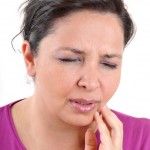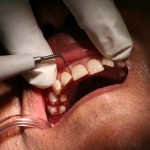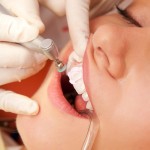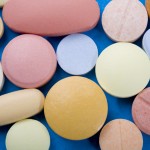
This review of the use of Calcium Sodium Phosphosilicate (CSPS) for the treatment of dentine hypersensitivity included 11 trials involving a total of 1190 patients suggesting that a 5% CSPS-containing toothpaste is effective for use as an at-home treatment.
[read the full story...]


